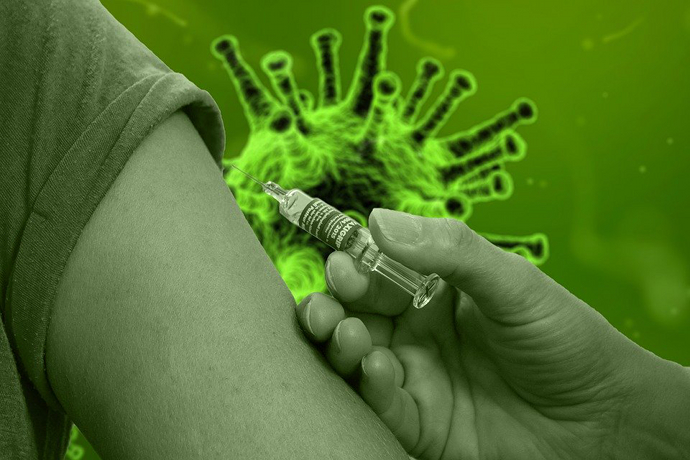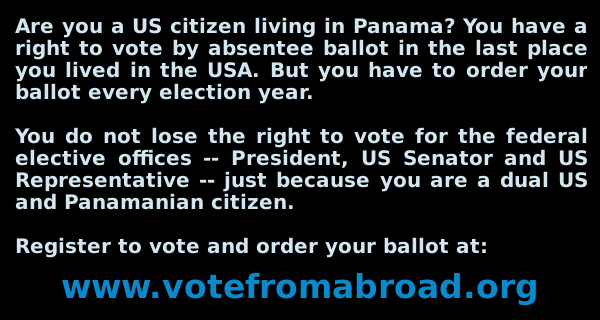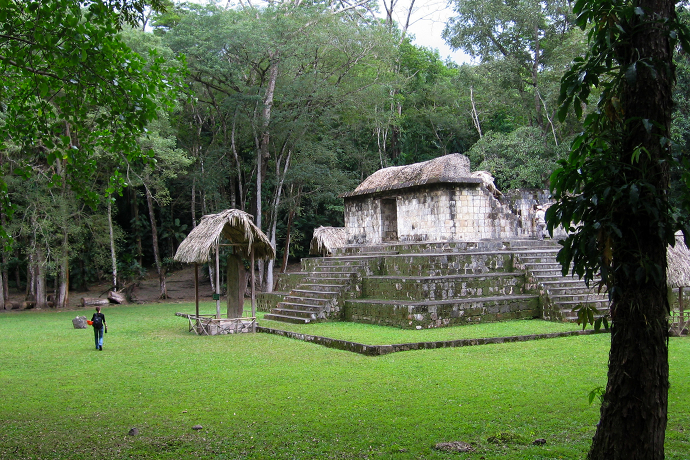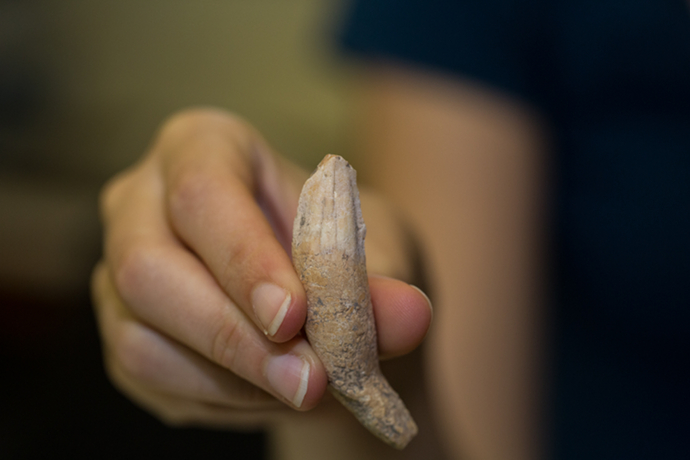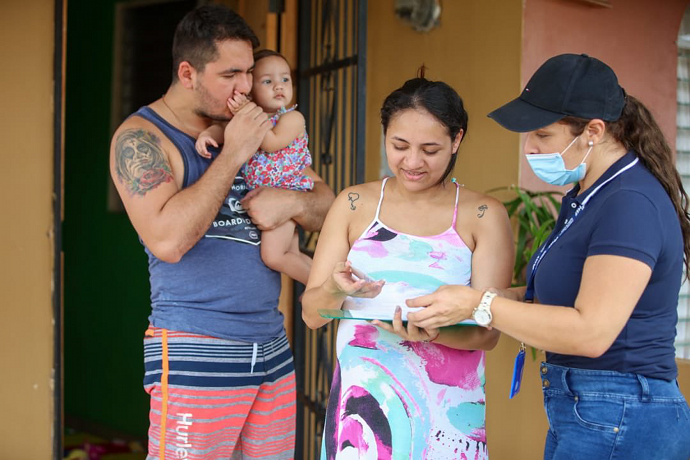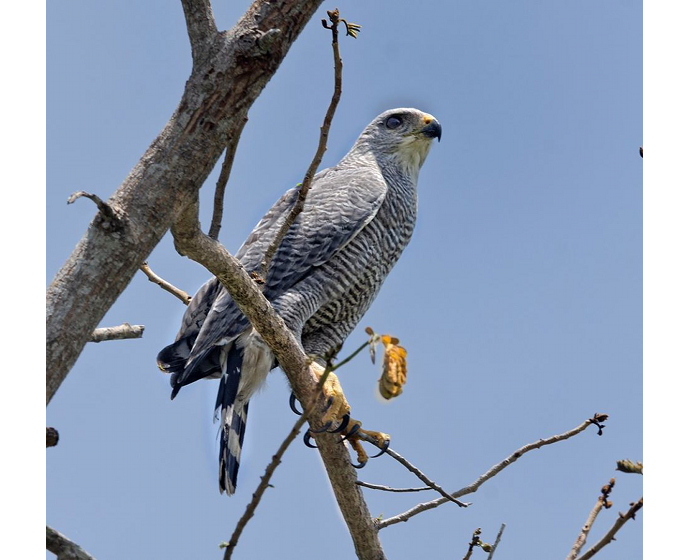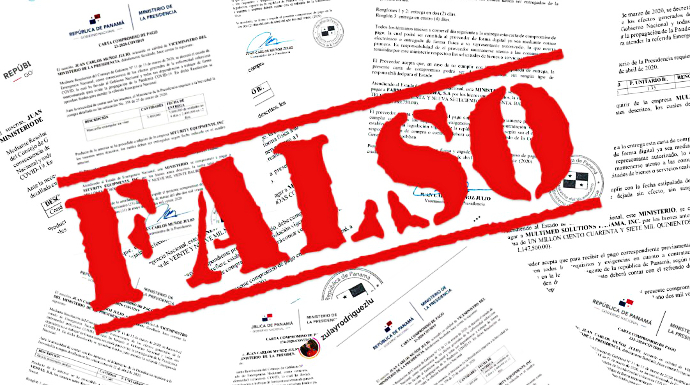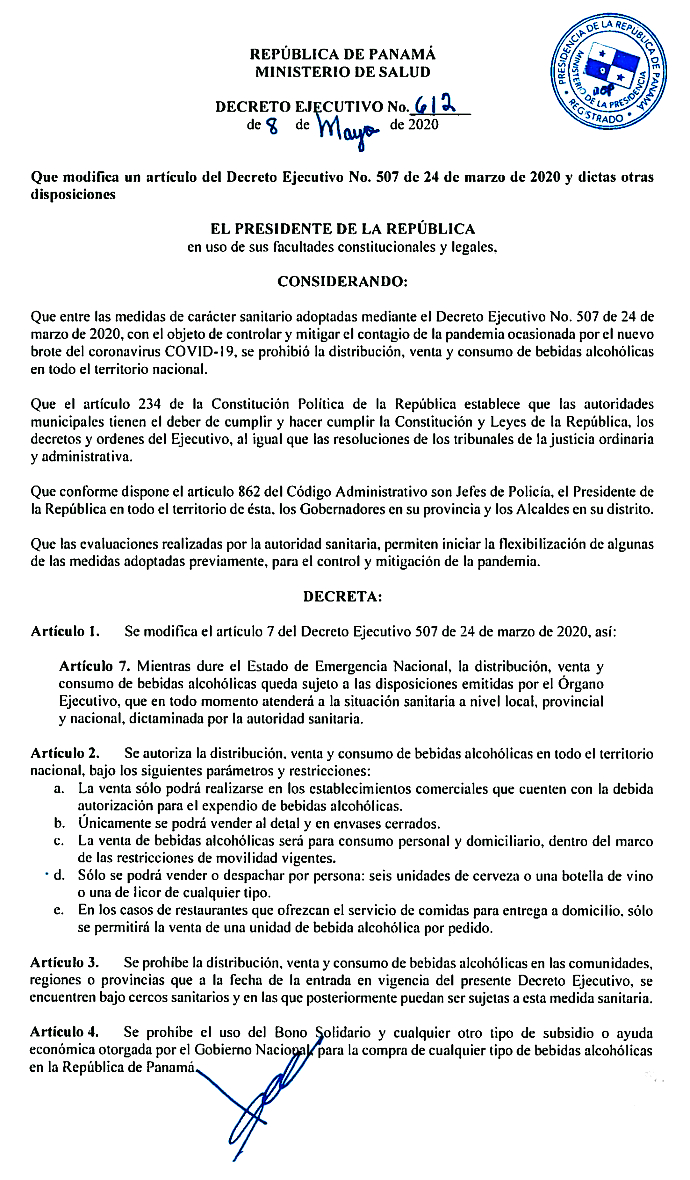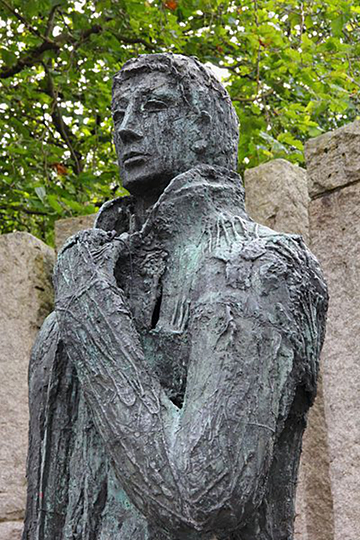Pixabay graphic by TheDigitalArtist.
Coronavirus vaccine: reasons to be optimistic
Zania Stamataki, University of Birmingham
The first coronaviruses known to infect humans were discovered more than half a century ago – so why are there no vaccines against these viruses? Should we be optimistic that an effective vaccine will be developed now?
SARS-CoV-2, the recently discovered coronavirus that causes COVID-19, is similar enough to other coronaviruses, so scientists make predictions about how our immune system might deal with it. But its novelty warrants its own careful study. Similar to Sars and Mers that cause severe acute respiratory syndrome, the novel coronavirus has emerged from animals and can cause damage to the lungs and sometimes other organs.
Why don’t we have a vaccine against other human coronaviruses? The emergence of Sars and Mers, in 2002 and 2012 respectively, were either quashed relatively quickly or affected small numbers of people. Despite the interest from keen virologists, there was no economic incentive to develop a vaccine for these diseases as they posed a small threat at the time. Virologists with an interest in coronaviruses were struggling to secure funding for their research.
In contrast, COVID-19 has caused huge disruption around the world. As a result, at least 90 vaccines are under development, with some already in human trials.
How a vaccine works
A vaccine gives our body a harmless flavor of the virus, alerting the immune response to generate antibodies and/or cellular immunity (T cells) ready to fight the infection. The idea is that we can then deploy a ready-made defense system next time we encounter the virus, and this spares us from severe symptoms. We know that most people who have recovered from COVID-19 have detectable antibodies in their blood.
We don’t know if these antibodies are fully protective, but a vaccine still has the potential to elicit powerful neutralizing antibodies and scientists will evaluate these following vaccination. Researchers will also look for potent T cell responses in the blood of vaccinated people. These measurements will help scientists predict the efficacy of the vaccine, and will be available before a vaccine is approved.
The best way to evaluate a vaccine, of course, is to judge how well it protects people from infection. But exposing vulnerable groups to the virus is far too risky, so most vaccines will be tested in younger people with no underlying health problems. There are ethical considerations for deliberately infecting a healthy person with a potentially dangerous virus for a vaccine trial, and these need to be considered carefully.
In the course of a pandemic, a vaccinated volunteer may become infected with the novel coronavirus, especially if they are a healthcare worker. It will take time to gather data on protection following infection and compare them to people that received a placebo vaccine.
Vaccine challenges
The ideal vaccine should protect everyone and cause lifelong defenses with a single dose. It would be quick to produce, affordable, easy to administer (nasal or oral administration) and wouldn’t need refrigeration, so non-specialists can distribute it to hard-to-reach parts of the world. In reality, we don’t fully understand how to produce a vaccine that induces long-lived protective immunity for different viruses. For some infections, we need to administer booster vaccinations.
Ageing comes with a tired immune system that struggles to respond to vaccination, and this is also the case for people with weakened immune systems, so it is difficult to protect the most vulnerable. Therefore, vaccination programs that protect over 80% of the population can reduce the incidence of virus spreading and protect the vulnerable by proxy, through herd immunity. Currently, the percentage of people who may have had COVID-19 in different parts of the world varies, but this is hard to estimate because of test availability.
Scientists test and confirm a vaccine’s safety before it is approved. We appreciate that in some viral infections, existing antibodies from an earlier infection with the same type of virus can cause more severe disease. However, there is no strong evidence for any adverse effects of antibodies for SARS-CoV-2 infection.
Within reach
Here are some reasons to be optimistic. One, this virus can be cured. Unlike some viruses such as HIV that embed their genome in our own and make fresh copies of themselves after immune elimination, we know that SARS-CoV-2 is unable to persist in this way.
Two, most infected patients develop antibodies and there is evidence of virus-specific T cell responses. Although we don’t know if these responses are protective yet, these are precisely the responses that can lead to immunological memory, the cornerstone of vaccination. Vaccine products will be refined and enriched to induce more potent immune responses than natural infection.
Three, coronaviruses mutate slower than viruses such as influenza, and we know from Sars and Mers that antibodies can persist for at least one to two years following recovery. This is good news for an effective vaccine that may not require updating for quite some time.
There are more reasons to be upbeat. Scientists are testing several approaches so there is a higher probability of success, and pharmaceutical companies have been engaged early, scaling up production and working out logistics for distribution even before there is evidence the vaccine will work. This is worth the investment because resources can be quickly repurposed for the most promising vaccines following the first clinical trials.
A coronavirus vaccine is within our reach, and it is our best hope to stem transmission and generate herd immunity to protect the most vulnerable. Taking away its hosts for replication, we can eradicate this virus from the human population just as vaccination previously eradicated smallpox.![]()
Zania Stamataki, Senior Lecturer in Viral Immunology, University of Birmingham
This article is republished from The Conversation under a Creative Commons license. Read the original article.
During this quarantine Claro has increased the cost of Internet service for The Panama News by at least six-fold. Used to be, one could go to one of their offices and load the chip in the wireless modem for $15 plus tax and get 30 days of service. Loading the chips using cards according to the instructions that come through a cell phone, you get just a few days of service. To help specifically with that, there are two things you might do:
1: Send money do the The Panama News Internet number, which is 62757611, via Ding at https://www.ding.com/
2. Buy Claro prepaid phone cards, scratch off the covering on the code numbers and email those numbers to fund4thepanamanews@gmail.com
Contact us by email at fund4thepanamanews@gmail.com
To fend off hackers, organized trolls and other online vandalism, our website comments feature is switched off. Instead, come to our Facebook page to join in the discussion.
These links are interactive — click on the boxes

